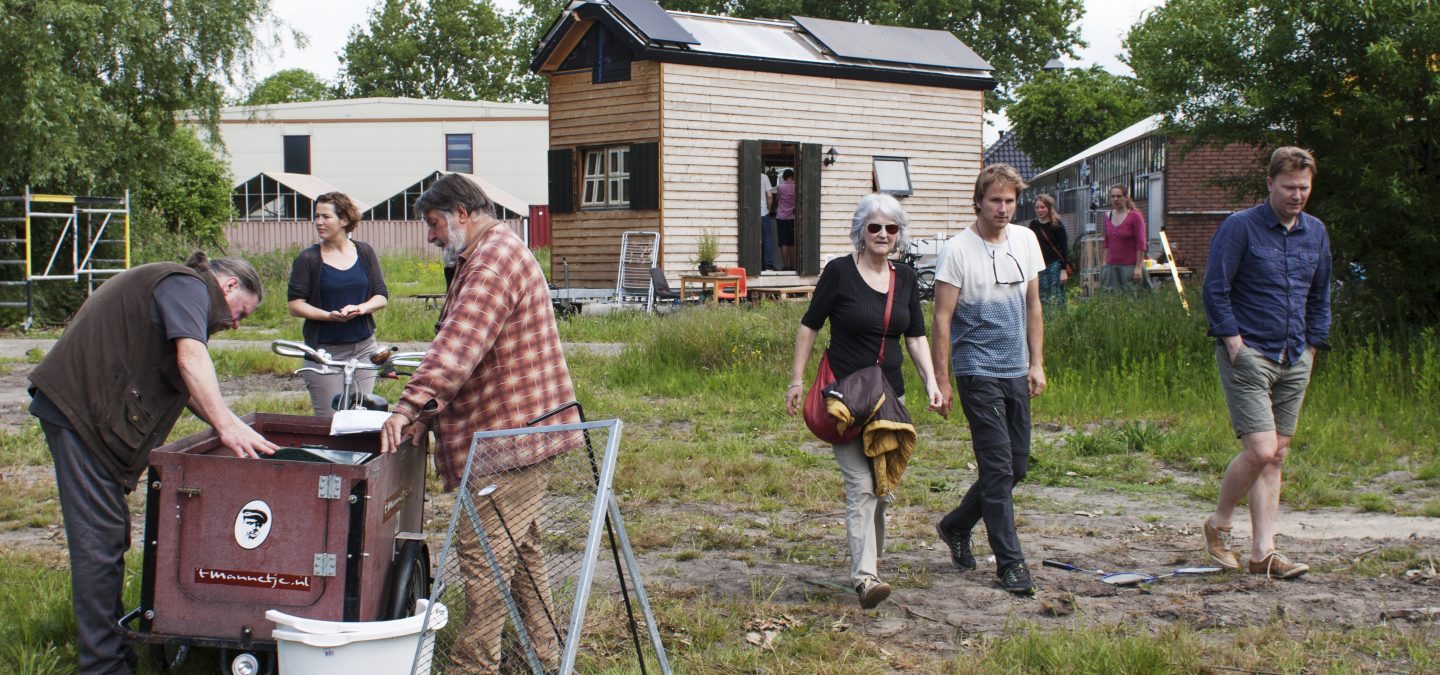
Keep up with our latest news and projects!

Increasingly, area developer BPD Ontwikkeling BV is organising activities to attract people to a location before it’s even clear how the area is going to be developed. It’s an enormous change, stresses development manager Rosalie de Boer and area marketer Hans-Hugo Smit: ‘We used to put a fence around this kind of area and no one was allowed in.’
‘In 2006-2007, area developer BPD Ontwikkeling BV bought a large portion of the industrial estate called De Binckhorst in The Hague in order to develop a large-scale and especially a top-down masterplan with the municipality and one investor,’ BPD area marketer Hans-Hugo Smit explains. ‘But the crisis intervened, which made the transformation seem infeasible, and ultimately we got rid of a large portion of the property again. We rented out the buildings in a few of the remaining locations in a kind of anti-squat agreement.’
A few years ago, the municipality launched new plans to develop De Binckhorst into a residential and work area. ‘Of course we wanted to share our thoughts about how we could contribute to its development,’ Smit says. ‘The Kompaan brewery was at one of our locations, which is something they were aware of. Their activities were responsible for attracting many people to the area. That gave us the idea to do more with our property. But we had no idea who was at this other location because an external party was managing the lettings.’
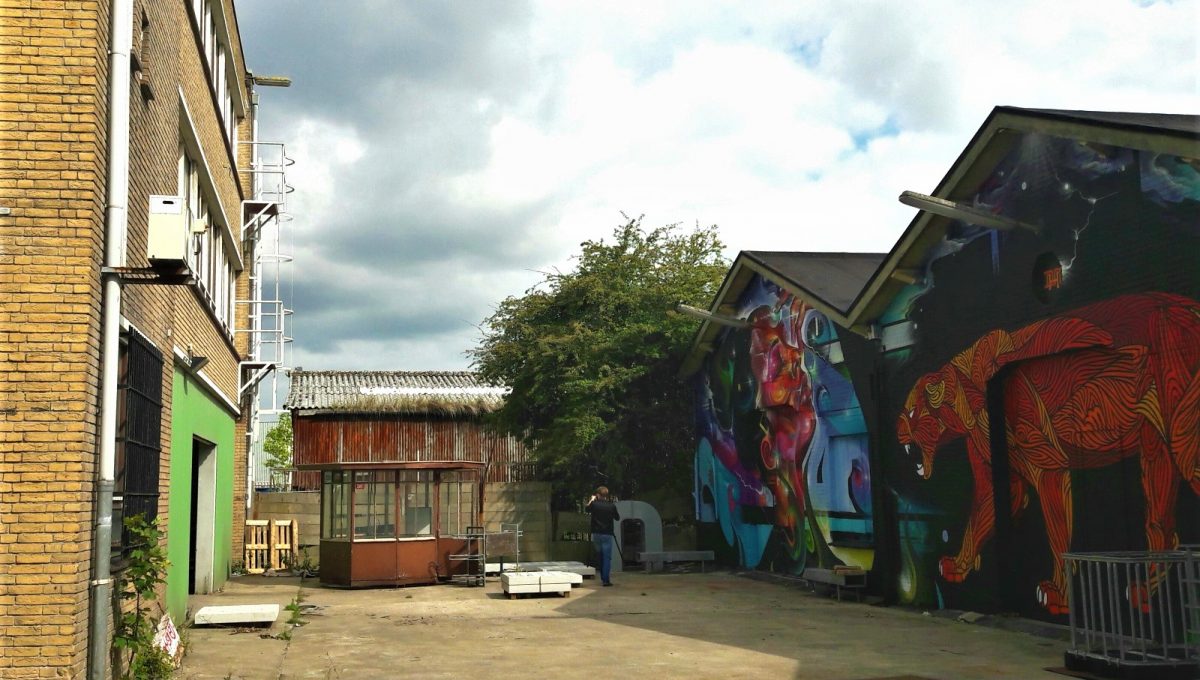 Pollux Studio's, courtyard - © ANNA Vastgoed en & Cultuur
Pollux Studio's, courtyard - © ANNA Vastgoed en & Cultuur
‘We went by and asked them if we could have a look inside,’ adds his colleague, development manager Rosalie de Boer. ‘It turned out that many musicians who mean a great deal to the music scene in The Hague and in the Netherlands had set up studio and practice spaces there. We then commissioned ANNA Vastgoed & Cultuur to come up with ideas on how to use this local asset. Together with them, we organised a brainstorm with the musicians to find ways of giving this place added value, using the musicians as the starting point.’
The plan for the Pollux Studio arose from that. ‘We discovered that there’s a huge network affiliated with these musicians,’ De Boer says, ‘including writers, producers, graphic designers, and so on. At that point, ANNA decided to pitch everyone in the music scene that wanted to set themselves up there and had something to contribute to the buildings and to the area.’
‘This is really something special for us,’ Smit says. ‘We’re area developers. We want to develop real estate, that’s how we make our living. Now we’re investing in the area even though we have no idea whether we’re going to do something with it, and if so what.
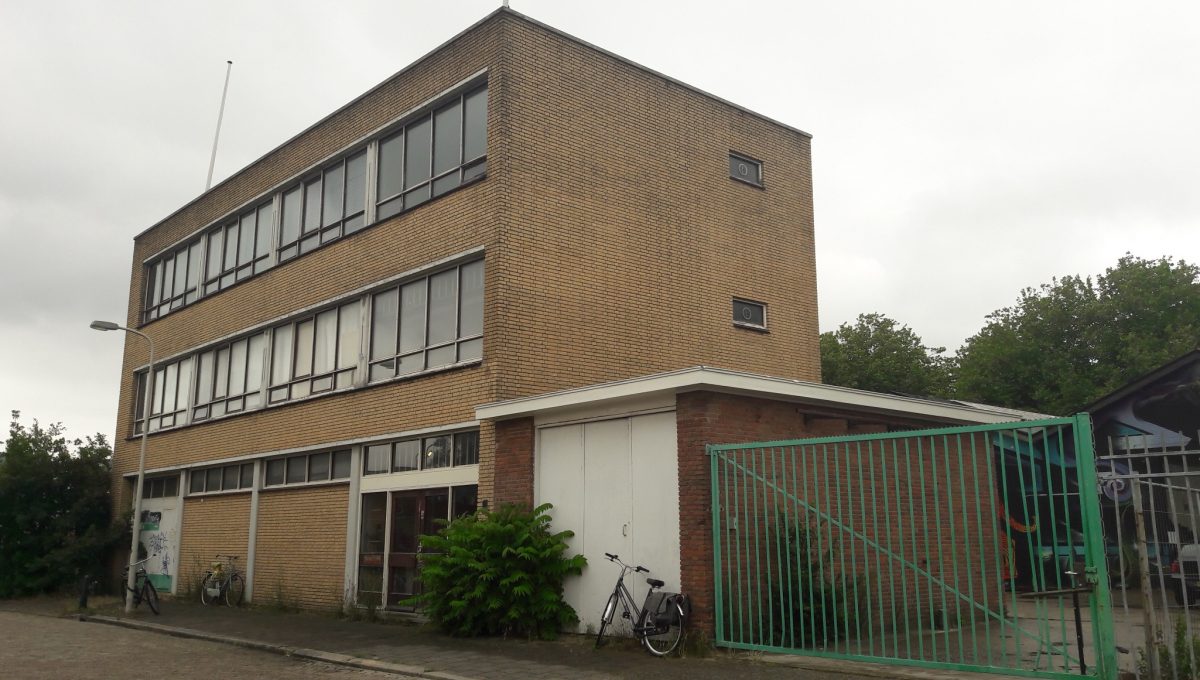 Pollux Studio - © ANNA Vastgoed en & Cultuur
Pollux Studio - © ANNA Vastgoed en & Cultuur
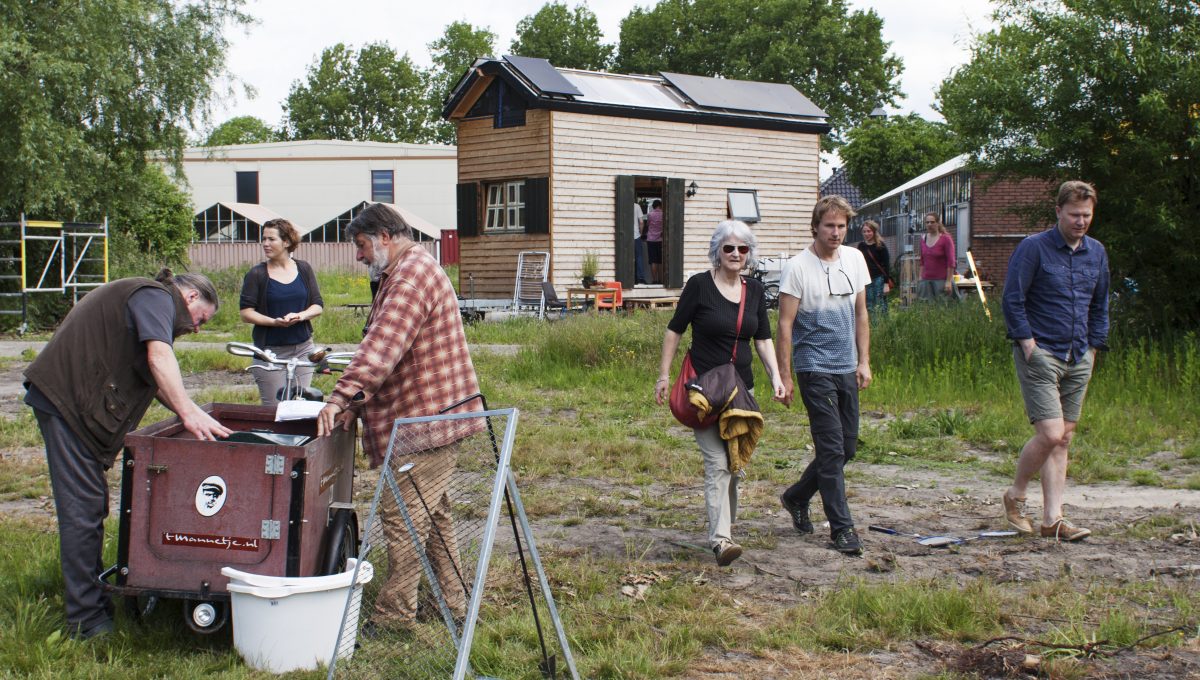 Experiment garden, Erasmusveld - Fete de la Nature - © Suzanne Monnier
Experiment garden, Erasmusveld - Fete de la Nature - © Suzanne Monnier
You could say that in the worst-case scenario at least there’s a social return, but of course our organisation can’t operate purely on that. What it’s really all about is combining the commercial with the social.’
‘There definitely has to be a business case,’ De Boer stresses. ‘For this kind of project to last, it has to ultimately be able to pay its own way and not rely on subsidies. Taking on ANNA Vastgoed & Cultuur is a one-off investment that won’t repay itself. That’s our contribution to the area as an area developer, but after that initial investment the revenue from the lettings has to offset the management costs. ‘And,’ Smit adds, ‘this is how we highlight the area’s benefits, which increases the value of the real estate.’
De Boer: ‘For me it’s primarily a strategy to highlight an area for future residents, entrepreneurs and visitors. In order to make placemaking last in the long term, you need parties such as ANNA Vastgoed & Cultuur, the municipality and the people themselves.’ Smit concurs: ‘We’re the driving force, but a chain of placemakers is needed to eventually own the process.’
Another example of placemaking is Proeftuin Erasmusveld, situated in the green strip between the south-west of The Hague and Wateringse Veld. ‘The municipality wants this to become the most sustainable district in the city,’ Smit says. ‘That provides us with the opportunity to present a unique proposition at the interface of ecology and collective interests. That’s why we started to think about what we could do to instil that in potential residents’ minds at an early stage.’
‘During the first phase, we launched a design competition,’ De Boer says. ‘The assignment was: incorporate the core values of this project, “Healthy, Urban and Living Together”, into a design for this area. We chose the best entries from over 60,000. That’s a very different way of approaching the development of an area than we’re used to.’
Ultimately, BPD wants to build approximately 350 new housing units on Erasmusveld. While designing has begun for the first 100 houses on one side of the plot, in the framework of placemaking BPD has launched the Proeftuin Erasmusveld urban field and a tiny houses project on the other side of the plot.
‘These could be two completely separate developments, but the trick is to bring these two together,’ De Boer explains. ‘Our Sales department, for example, is used to receiving drawings at a certain point, then launching a website, after which they start to sell the houses. Now the activities that we’re organising in a given place are generating a database of 1,000 addresses of interested parties before sales have even begun. As a result, it’s easier for them to do their work and it’s in their economic interest. That’s a good incentive.’
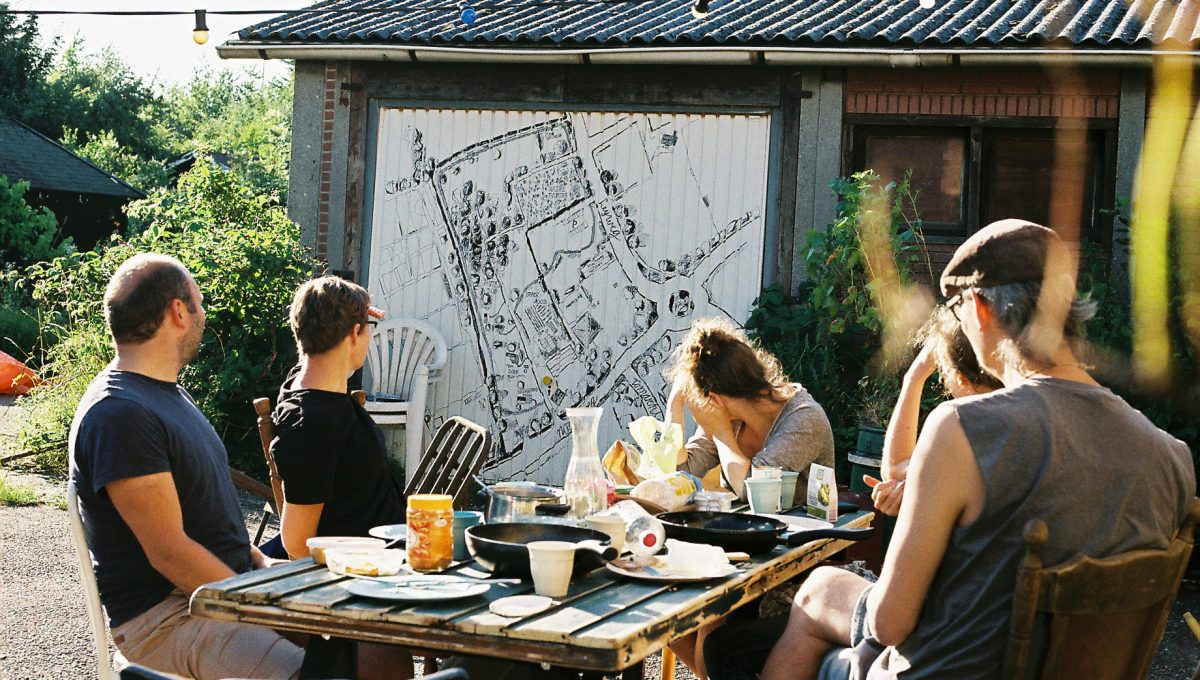 Experiment garden, Erasmusveld - © Arthur van de Lee - Woonpioniers
Experiment garden, Erasmusveld - © Arthur van de Lee - Woonpioniers
Connecting is the magic word, in more sense than one. ‘Everything you do costs money,’ Smit says, ‘including organic things. If you want to build an urban garden out of idealistic motives but don’t have the money to invest in it, then you can look for commercial partners who may seem at first sight to clash with your ideals. I think you need to find a way to connect, without betraying yourself. That holds true for us as well. We had to be willing to promise that we wouldn’t touch the land destined for the urban garden for 2.5 years. It’s true that we pay Suzanne, the woman who manages the urban field, but she does put a great deal of love and energy into it, and so she has to be able to trust us not to tell her, after a month or two: it’s been fun, but now we need to build here.’
An example of the cross-fertilisation that he is referring to recently took place when Smit attended a meeting with business partners at the urban field. ‘Suzanne didn’t attend the meeting but did bring us a box of zucchinis. So all these business people went home with two zucchinis under their arms. These small gestures create more understanding for each other.’
‘Or take that couple from Groningen,’ De Boer says in agreement, ‘who saw what was happening here on the website for the urban garden. They’ve come by three times already and may well move here one day. When I tell colleagues about them, they react totally surprised. But what we’re doing has simply generated a different kind of energy.’
‘And ultimately more revenue too,’ Smit says. ‘There’s a buzz at the moment. We’re getting recognition through the publication of articles in local papers and so on. There’s no way we would have succeeded on this scale with a construction sign and a fence around the area.’
Interested? Join The City At Eye Level and share your story!
Discover more